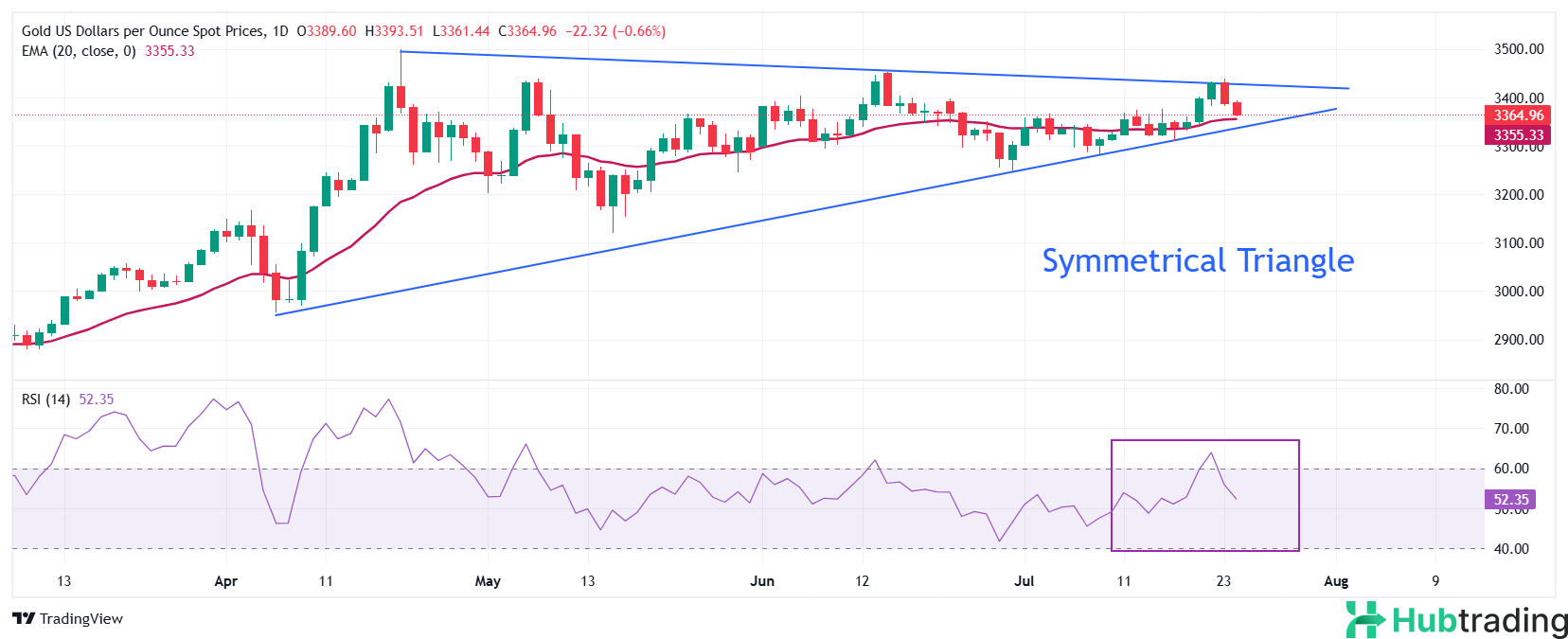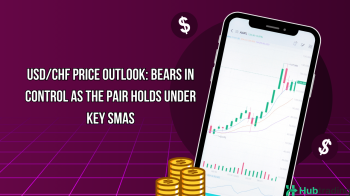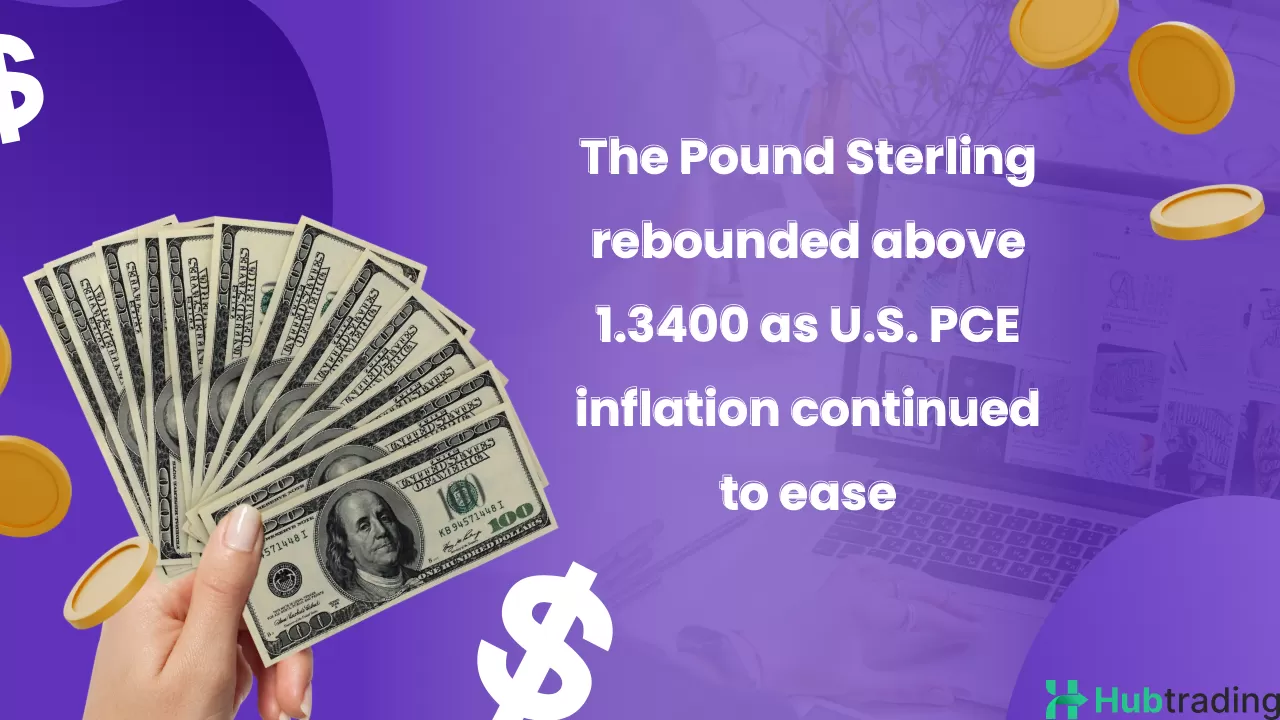-
Gold prices decline sharply as optimism over a potential US-EU trade deal eases global trade tensions.
-
The U.S. has reduced baseline and automobile import tariffs on Japanese goods to 15%, boosting risk sentiment.
-
Attention now turns to the Federal Reserve’s upcoming monetary policy decision, the next key catalyst for gold.
Gold (XAU/USD) trades nearly 0.7% lower around $3,360 during Thursday’s European session, pressured by fading safe-haven demand as optimism grows around a potential US-European Union (EU) trade agreement. The sharp decline follows fresh developments indicating reduced global trade risks, undermining the appeal of non-yielding assets like gold.
According to a Financial Times (FT) report released Wednesday, EU officials have shown strong willingness to finalize a trade deal with the US, aiming to avert a damaging trade conflict. This urgency was partly triggered by the recent US-Japan agreement, which slashed baseline and automobile tariffs on Japanese imports to 15%. Market analysts note that this move raised concerns among EU officials about losing market share in the US auto sector, as Washington currently imposes a 25% import duty on foreign vehicles—separate from the baseline rate.
With trade tensions easing, risk sentiment has improved, causing demand for traditional safe-haven assets such as gold to decline. Simultaneously, a modest rebound in the US Dollar (USD) adds further pressure on gold prices. The US Dollar Index (DXY), which measures the dollar against a basket of six major currencies, has recovered to around 97.40 after hitting a more-than-two-week low near 97.00 earlier in the session. A stronger dollar typically makes gold more expensive for holders of other currencies, reducing its attractiveness.
Gold Technical Analysis: Triangle Rejection Signals Further Downside Risk
Gold faces renewed selling pressure after failing to break above the upper boundary of a Symmetrical Triangle formation, a technical pattern often associated with volatility expansion. The ascending trendline of the triangle originates from the May 15 low of $3,120.83, while the descending trendline is drawn from the April 22 high near $3,500.

The 20-day Exponential Moving Average (EMA) continues to provide immediate support around $3,355. However, momentum is weakening, as indicated by the 14-day Relative Strength Index (RSI), which has dropped into the neutral 40–60 range—reflecting limited buying interest at higher levels.
If XAU/USD breaks below the May 29 low of $3,245, it could trigger a deeper decline toward the psychological support at $3,200 and the May 15 low of $3,121.
On the upside, a decisive break above the key psychological resistance at $3,500 would put gold into uncharted territory, opening the door to potential targets at $3,550 and $3,600.
Traders now turn their focus to next week’s Federal Reserve monetary policy meeting, which could offer fresh direction for gold prices, particularly if the Fed signals a shift in its interest rate outlook.





